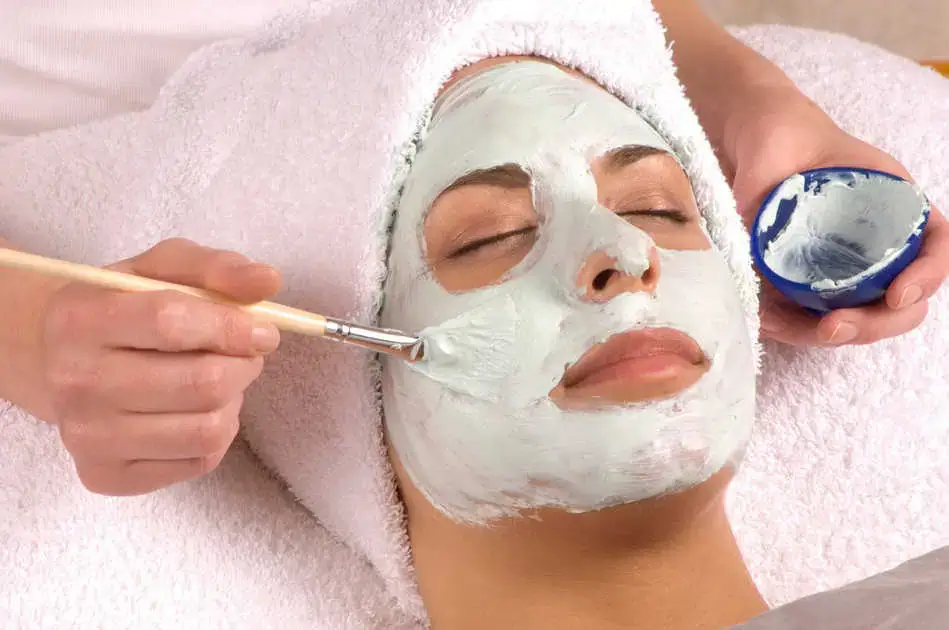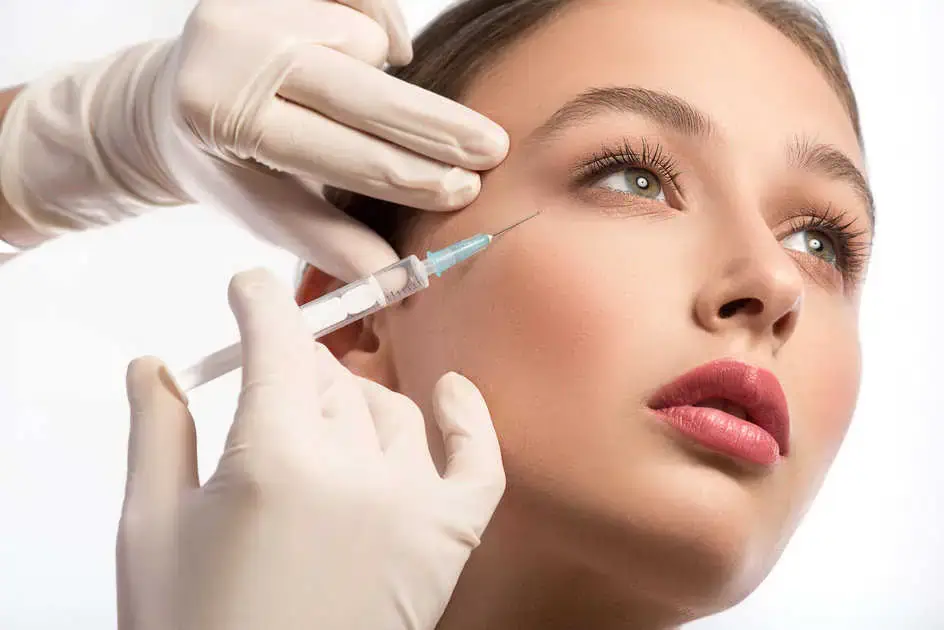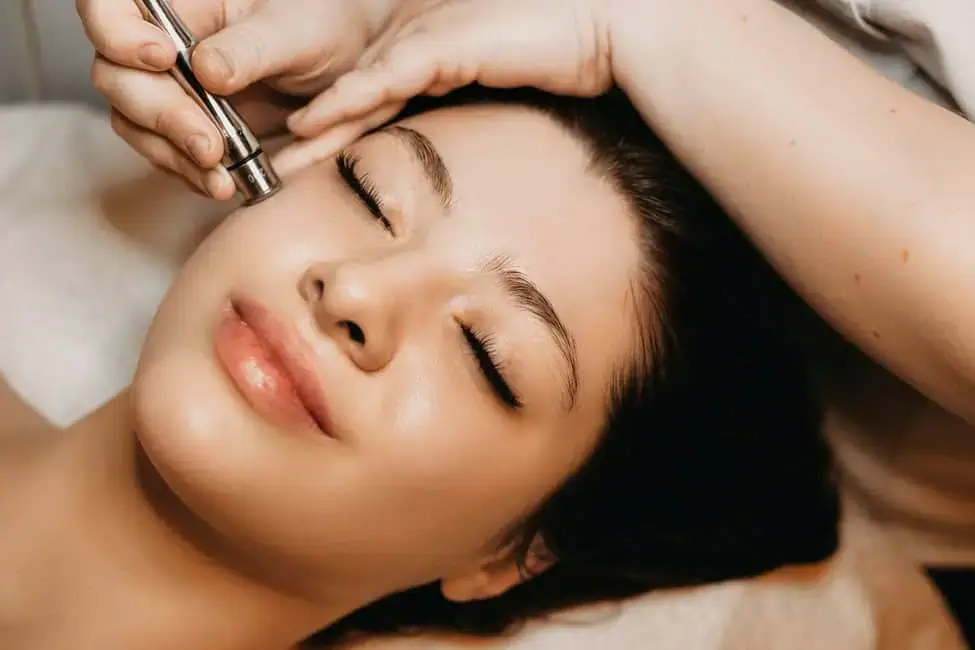
The world of medical aesthetics is constantly evolving, with new treatments and procedures always emerging. One such treatment that has gained popularity in recent years is the use of neurotoxins to enhance one’s appearance. But what exactly are neurotoxins, and how do they work in the context of cosmetic procedures?
To answer these questions, we must delve into the intricacies of the human body and the science behind these potent compounds. This article will explore the fascinating world of neurotoxins in medical aesthetics, uncovering their mechanisms of action and how they can help us look and feel our best. So, let’s get started and dive deep into the world of neurotoxins!
Types Of Neurotoxins
Neurotoxins are a diverse class of compounds that can affect the nervous system in various ways. In medical aesthetics, several neurotoxins are commonly used to treat wrinkles, fine lines, and other signs of aging. One of the most popular neurotoxins in medical aesthetics is botulinum toxin, produced by the bacterium Clostridium botulinum.
Another type of neurotoxin used in medical aesthetics is abobotulinumtoxinA, also known as Dysport. This compound works in much the same way as botulinum toxin, blocking the release of acetylcholine and preventing the contraction of facial muscles that can lead to wrinkles and other visible signs of aging.
A third type of neurotoxin used in medical aesthetics is incobotulinumtoxinA, marketed under the name Xeomin. Like botulinum toxin and Dysport, Xeomin works by blocking the release of acetylcholine and relaxing facial muscles.
In addition to these three types of neurotoxins, several other compounds can be used in cosmetic procedures. However, it’s important to note that not all neurotoxins are created equal, and each has unique properties and effects. Understanding the differences between these compounds is crucial for achieving optimal results and ensuring the safety of patients undergoing these treatments.
How Neurotoxins Work
Neurotoxins target the nervous system and disrupt communication between nerves and muscles. Specifically, these compounds block the release of a neurotransmitter called acetylcholine, which is responsible for signaling muscles to contract.
By preventing the release of acetylcholine, neurotoxins can relax the muscles and reduce the appearance of wrinkles and fine lines.
When neurotoxins are injected into the muscles of the face, they bind to specific proteins on the surface of nerve cells, preventing the release of acetylcholine. This function reduces muscle activity, which can smooth out wrinkles and fine lines.
The effects of neurotoxins typically last for several months, after which the compounds are broken down and eliminated from the body. Because neurotoxins only affect the targeted muscles, they do not have systemic effects on the body, making them a safe and effective option for cosmetic treatments.
It’s important to note that the effects of neurotoxins can vary depending on the specific compound used and the dosage and injection technique. Therefore, working with a qualified and experienced medical professional ensures the treatment is administered safely and effectively. With the right approach, however, neurotoxins can be an excellent tool for achieving a more youthful and refreshed appearance.
Uses Of Neurotoxins
Neurotoxins are a popular and effective tool in cosmetic dermatology for reducing the appearance of wrinkles and fine lines. By relaxing the muscles that cause these skin imperfections, neurotoxins can help patients achieve a more youthful and refreshed appearance.
One prevalent use of neurotoxins in cosmetic dermatology is for treating dynamic wrinkles, or wrinkles that appear when the facial muscles contract, such as frown lines and crow’s feet. Neurotoxins can be injected directly into these muscles to prevent them from contracting and creating wrinkles.
Neurotoxins can also be used to reshape and contour the face, such as lifting the eyebrows or reducing the appearance of a “gummy” smile. Additionally, neurotoxins can be combined with other cosmetic treatments, such as dermal fillers, to achieve a more comprehensive and customized approach to facial rejuvenation.
It’s worth noting that while neurotoxins are generally safe and effective, they do have some limitations. For example, they cannot address sagging skin or replace lost volume in the face, which may require surgical intervention or other non-surgical treatments.
It’s also crucial for patients to have realistic expectations for the results of neurotoxin treatments and to work with a qualified medical professional to ensure the treatment is administered safely and effectively.
Risks And Side Effects Of Neurotoxins
While neurotoxins are generally considered safe and effective when administered by a qualified medical professional, there are still risks and potential side effects associated with their use.
Some common side effects of neurotoxins include temporary redness, swelling, and bruising at the injection site. In rare cases, patients may experience more severe side effects like infection or allergic reactions. However, these are relatively uncommon when a qualified practitioner in a sterile environment performs the procedure.
Another potential risk associated with neurotoxin use is the possibility of unintended muscle weakness or paralysis. This side effect can occur when the compound is injected into an incorrect muscle or dosage, resulting in a droopy or uneven appearance that may take several weeks to resolve.
Patients must discuss potential risks and side effects with their medical provider before undergoing neurotoxin treatment. Patients with certain medical conditions, such as autoimmune disorders or nerve disorders, may be at a higher risk for complications. They should inform their provider of these conditions before the procedure.
Takeaway
Neurotoxins have revolutionized the field of cosmetic dermatology, providing patients with a safe and effective way to reduce the appearance of fine lines and wrinkles. By temporarily paralyzing the muscles responsible for these signs of aging, neurotoxins can help patients achieve a more youthful and refreshed appearance.
However, it’s important to remember that neurotoxins are not without risks and potential side effects. Patients should always work with a qualified medical professional, like the experienced practitioners at SavvyDerm Skin Clinic, to ensure the safest and most effective treatment possible.
If you want to learn more about neurotoxin treatments or other cosmetic dermatology procedures, schedule a consultation with one of our skilled providers at SavvyDerm Skin Clinic. With our state-of-the-art facilities and commitment to patient safety and satisfaction, we’re confident that we can help you achieve your aesthetic goals with the latest and most effective treatments available. Contact us today to schedule your appointment and take the first step towards a more youthful and refreshed appearance.







